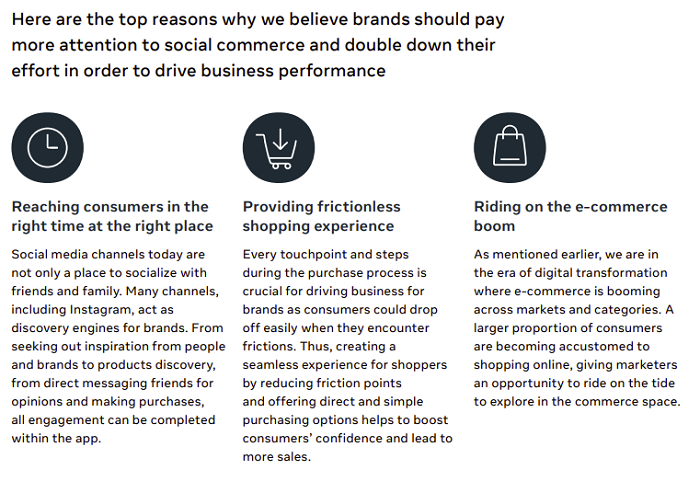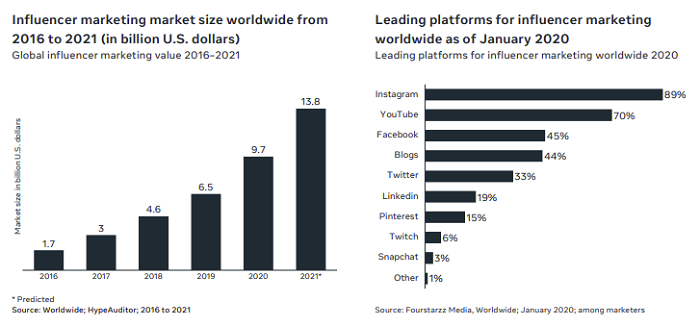What are the key elements that are driving consumer action today?
According to a new report from Meta, created in partnership with Publicis Data Intelligence, and incorporating insight from over 1,000 consumers, the most influential factors are: video, social commerce and recommendations.
The new, 14-page whitepaper, which you can download here, looks specifically at South East Asian market trends, though the findings are likely universal, with Meta working to identify the key elements that drive consumer action in the modern landscape.
And as noted, video comes out on top as the biggest driver of action.
As per Meta:
“Video has the highest engagement rate of all content types. Whilst TV is considered the most influential video touchpoint, Facebook is one of the most efficient video channels due to accelerated digitization and increased mobile video consumption.”
Video remains a key driver of engagement and interaction, while the TV is the most influential ad tool, even today, in many markets.
Though as Meta notes, efficiency is key in a media buying sense:
“While studies have shown that TV is one of the most influential touchpoints in driving purchase decision, marketers should also be mindful of the cost associated with it. Separately, Kantar research has shown that despite TV continuing to be the most invested video channel, when we look at reach per investment versus other digital platforms such as Facebook and YouTube, its cost is 2x higher.”
In other words, better targeting, and increased usage of digital channels, means that online video ads can be more effective, from a cost-benefit standpoint, even though TV remains the prime ad channel, for those that can afford it.
That would also relate to your audience. Many people don’t even watch regular TV channels anymore, so the only way to reach them is through digital platforms and content. In this respect, it’s important to conduct your own market research, but in general, the findings here ring true with most other studies – TV ads are still highly influential, but online video campaigns can be just as, if not more effective when balancing cost and placement.
Social commerce is the second key factor highlighted in the report, with advertisers able to drive lower-funnel objectives via online marketplaces.

Finally, Meta highlights recommendations as a key means to sway consumer purchase decisions, with online influencers playing an increasing role in this process.

“Nielsen reports that 92% of consumers believe recommendations from friends and family more than advertising, and 74% of consumers identify word of mouth as a key influencer in their purchasing decisions. Tactics such as influencer marketing on digital touchpoints is one of the most popular ways in generating word of mouth where marketers would leverage influencers to create ‘buzz’ – they are the ones spreading the word about a specific product/service.”
Again, this data is based on the South East Asian market, so there will be some variances, but in general, these trends do seem to be reflective of broader behavioral shifts, in terms of the factors that are influencing purchase decisions – and thus, the elements that you should be considering in any marketing outreach plan.
The guide essentially breaks down your focus into three key areas, which are the most likely to guide consumer shopping behaviors. Honing in on the right outreach elements, aligned with these shifts, will likely help you maximize your marketing efforts moving forward.
You can download Meta’s full ‘Creating an Omnichannel Strategy through Influential touchpoints’ report here.



